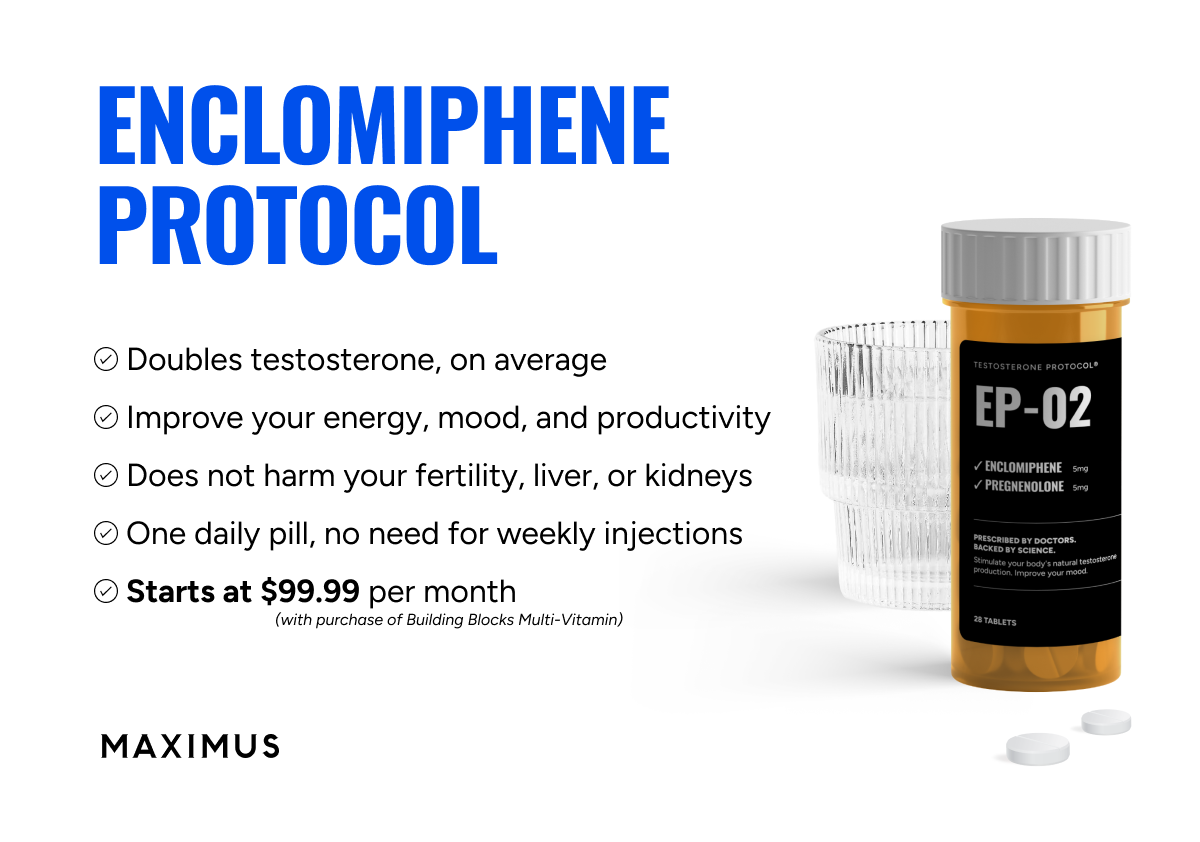madman
Super Moderator
ABSTRACT
Studies demonstrate a decline of 10% in serum testosterone (ST) level after X-ray radio-therapy for prostate cancer. We evaluated changes in ST for patients with low- and intermediate-risk prostate cancer receiving 70-82Gy(RBE) using passive-scatter proton therapy (PT). ST was checked at baseline (n = 358) and at 60 + months after PT (n = 166). The median baseline ST was 363.3 ng/dl (range, 82.0–974.0). The median ST 5 years after PT was 391.5 ng/dl (range, 108.0–1061.0). The difference was not statistically significant (p = 0.9341). Passive-scatter PT was not associated with testosterone suppression at 5 years, suggesting that protons may cause less out-of-field scatter radiation than X-rays.
Conclusion
While all eight contemporary trials looking at Xray-based radiotherapy for prostate cancer demonstrate declines in ST, the current series of 358 patients treated with passive-scatter PT showed no such declines with 5 years of follow-up. The lack of testosterone suppression is presumably due to the 10-fold reduction of secondary dose to the Leydig cells – consistent with the data published by Yoon et al. (18). This reduction in secondary dose may ultimately be associated with a lower risk of radiation-induced malignancies, particularly for young patients with substantial life expectancy
Studies demonstrate a decline of 10% in serum testosterone (ST) level after X-ray radio-therapy for prostate cancer. We evaluated changes in ST for patients with low- and intermediate-risk prostate cancer receiving 70-82Gy(RBE) using passive-scatter proton therapy (PT). ST was checked at baseline (n = 358) and at 60 + months after PT (n = 166). The median baseline ST was 363.3 ng/dl (range, 82.0–974.0). The median ST 5 years after PT was 391.5 ng/dl (range, 108.0–1061.0). The difference was not statistically significant (p = 0.9341). Passive-scatter PT was not associated with testosterone suppression at 5 years, suggesting that protons may cause less out-of-field scatter radiation than X-rays.
Conclusion
While all eight contemporary trials looking at Xray-based radiotherapy for prostate cancer demonstrate declines in ST, the current series of 358 patients treated with passive-scatter PT showed no such declines with 5 years of follow-up. The lack of testosterone suppression is presumably due to the 10-fold reduction of secondary dose to the Leydig cells – consistent with the data published by Yoon et al. (18). This reduction in secondary dose may ultimately be associated with a lower risk of radiation-induced malignancies, particularly for young patients with substantial life expectancy
Attachments
-
[email protected]787 KB · Views: 121













